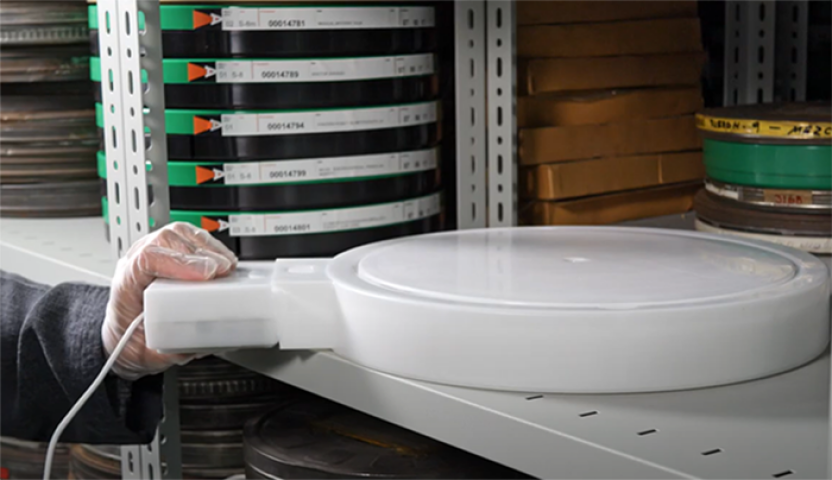Nemosine, smart packaging to preserve our cultural heritage

A significant percentage of Europe's recent cultural heritage can be found in films, photographs, posters and slides produced between 1895 and 1970. Made with cellulose derivatives, these physical media are true witnesses of the European socio-cultural evolution during the previous era. It makes it possible to understand the development of new arts such as cinema, photography and graphic arts, but also to preserve the memory of citizens in large museums and local museums around the world.
More than 75 years of visual and audio memories are at serious risk of disappearing due to the natural instability of the cellulose acetate and cellulose nitrate materials on which they are stored.
An innovative, sustainable and smart packaging
It was with the aim of preserving and saving this heritage that the Nemosine project, a European consortium of 16 partners coordinated by Aimplas, the Spanish Plastics Technology Centre, was launched in 2018. Its objective: to find an innovative, sustainable and smart packaging solution to protect this data which is a record of a part of our history.
"The project involves a large number of scientists, experimental and theoretical chemists, electronic engineers for the sensor part, etc. In fact, the aim is to offer a turnkey solution, i.e. a conservation system that allows the emanations from the reels to be absorbed so that they do not degrade, and to monitor the degradation in real time in order to take the appropriate measures when necessary."
After more than 4 years of research, AIMPLAS, has announced that it has found the solution: a smart packaging system that extends the life and improves the conservation of these precious cultural objects, while helping to reduce the energy consumption and costs of traditional storage systems (usually based on cold storage at less than 5º C).
The new system consists of a box containing composite materials that adsorb the acetic acid released from cellulose and sensors that detect acetic acid and nitrogen dioxide. Software monitors these emissions and assesses the state of degradation according to various factors. This will allow a real methodology to be developed, which will help in making the right conservation decisions.
A low-cost, low-power solution to detect, monitor and combat environmental degradation
The NEMOSINE box is made of polypropylene because of its chemical resistance, stability and water vapour barrier effect, all of which makes it suitable for injection moulding. It is also a low-cost solution, a key element for its future development and commercialisation. Nemosine has of course undergone extensive characterisation analysis to ensure its functionality and safety for the preservation of cultural material.
The acetic acid-based sorbents were developed to mitigate the degradation caused by the so-called vinegar syndrome that threatens the preservation of cellulose-based materials. For ease of handling, these sorbents have been integrated into a packaging grid in the form of granules in sealed bags made of Tyvek, a 100% synthetic material composed of high-density polyethylene fibres. Tests have demonstrated their effectiveness, mechanical stability and high absorption capacity.
More information:
https://nemosineproject.eu





